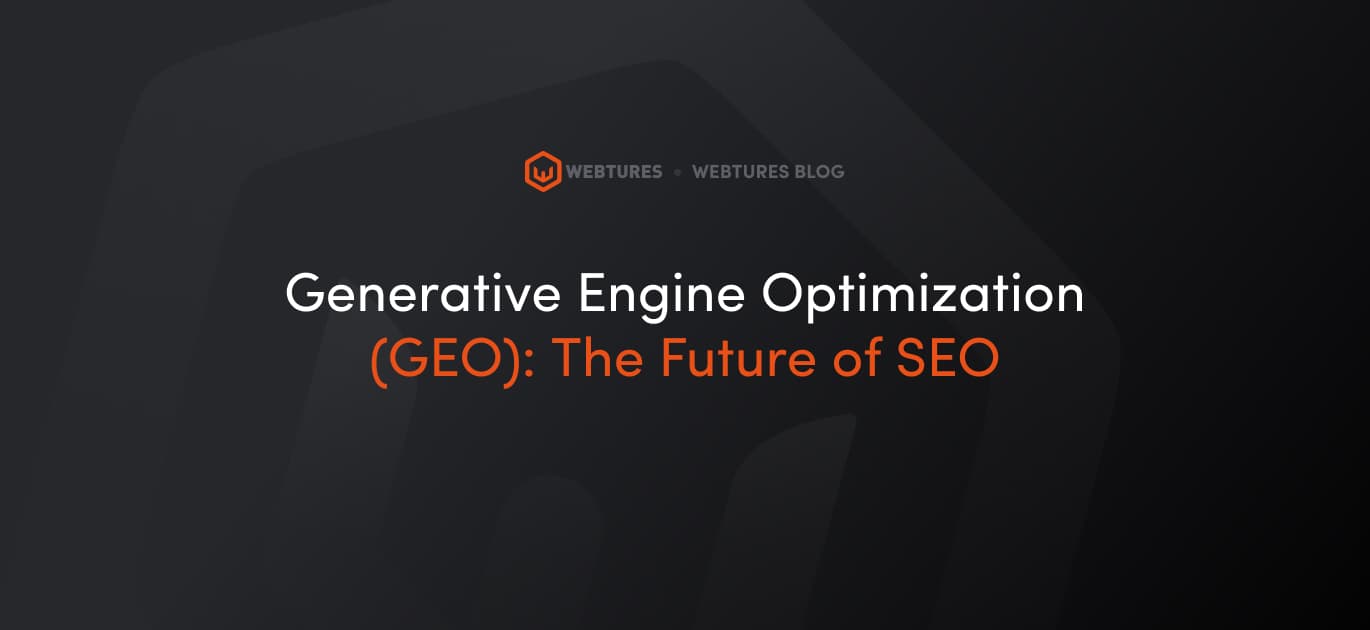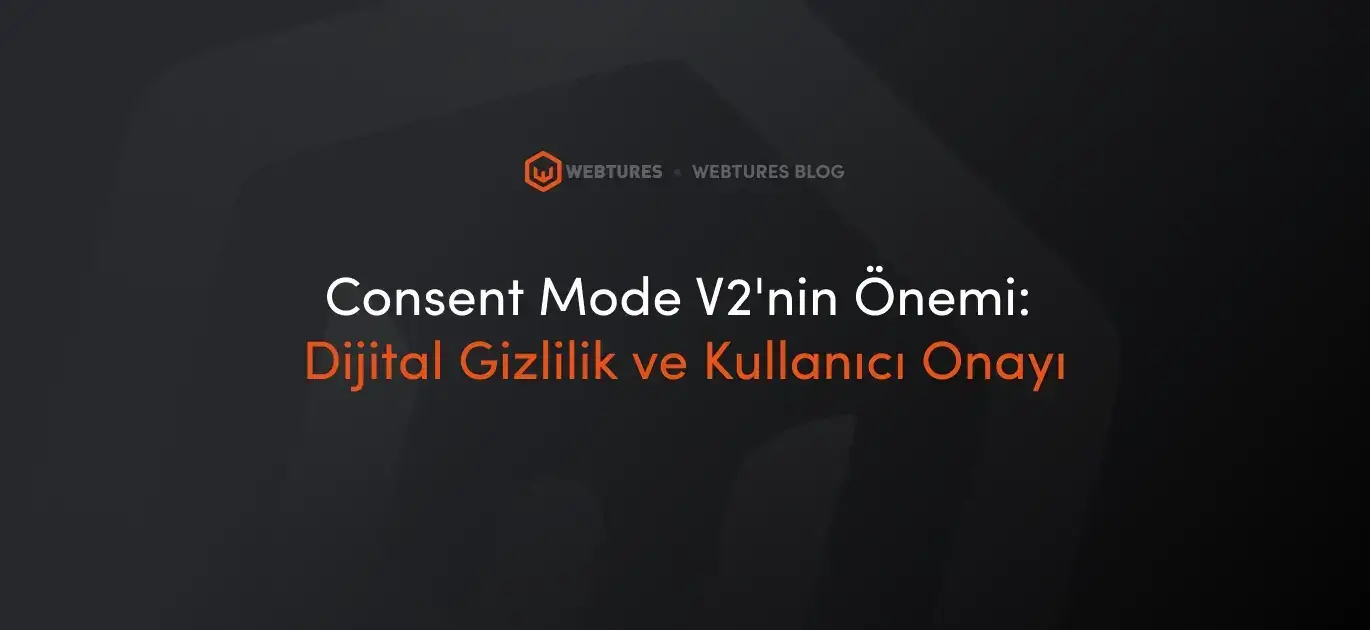What Is Custom GPT? What Are The Benefits Of Custom GPT?
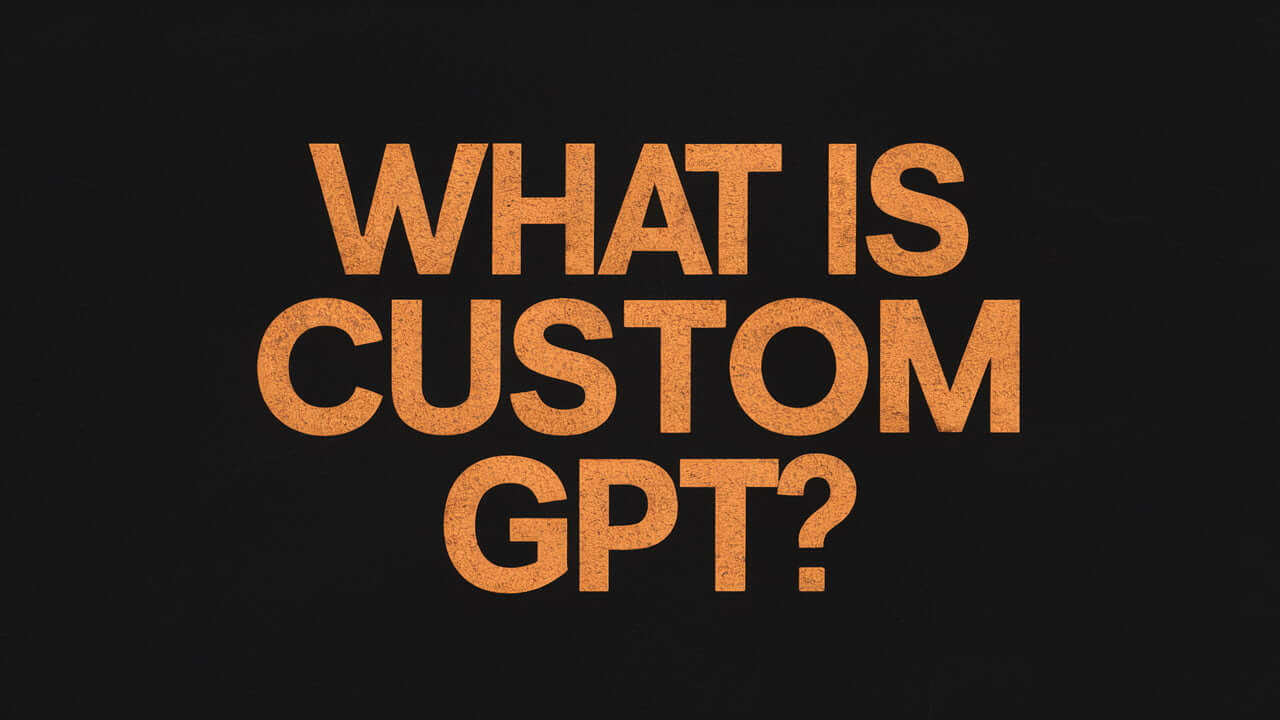
What is Custom GPT?
Custom GPT, or Generative Pre-trained Transformer, refers to a specialized adaptation of the general GPT model that has been tailored for specific applications or use cases. Unlike the standard GPT models that are designed to handle a broad range of tasks across various domains, a Custom GPT is fine-tuned with datasets and configurations that are specific to a particular industry, problem, or type of interaction.
This customization allows for more accurate, relevant, and efficient responses in the targeted domain, significantly improving user experience and operational effectiveness. For example, a Custom GPT for medical advice would be trained on medical literature and patient interaction data, enabling it to provide more precise medical information and recommendations based on current practices and clinical guidelines.
How is Custom GPT Different from Standard GPT Models?
Custom GPTs are distinct from standard GPT models primarily due to their specialized training and focus. Standard GPT models are versatile and designed to understand and generate responses across a wide array of topics and languages. However, this broad capability can sometimes lead to less precision in specialized contexts. In contrast, Custom GPTs are fine-tuned on specific datasets, often related to a particular field or industry. This targeted training approach allows them to excel in specific applications, offering more nuanced and accurate responses within their area of specialization. The structure of their training data, the objectives set during their fine-tuning, and their intended use cases define their operational scope, making them particularly valuable for industry-specific tasks that require deep, specialized knowledge.
What are the benefits of Custom GPT?
The benefits of utilizing a Custom GPT are substantial, especially for applications requiring tailored responses and deep domain expertise. Here are some key advantages:
- Enhanced Accuracy: By focusing on a specific set of data, Custom GPTs provide more accurate and relevant responses within their specialized fields, reducing the risk of generating inappropriate or irrelevant content.
- Improved User Experience: Custom GPTs can better understand and respond to user inquiries in a specific context, leading to a more intuitive and satisfactory interaction for users who require specific information or assistance.
- Increased Efficiency: They can streamline operations in specialized areas such as customer support, content creation, and data analysis by automating responses and actions that would otherwise require human intervention.
- Continuous Learning: Like other AI models, Custom GPTs can continue to learn and improve over time, adjusting to new data and evolving industry trends which ensures that they remain effective as they are further used.
- Cost Effectiveness: Automating specialized tasks with a Custom GPT can significantly reduce the labor costs associated with these tasks, offering a cost-effective solution for businesses looking to optimize their operations.
How to Set Up a Custom GPT
- On the Chat GPT screen, click on the “Explore GPT’s” field on the left bar. Then you can start creating your own Custom GPT structure by clicking the “Create” field in the upper right corner.
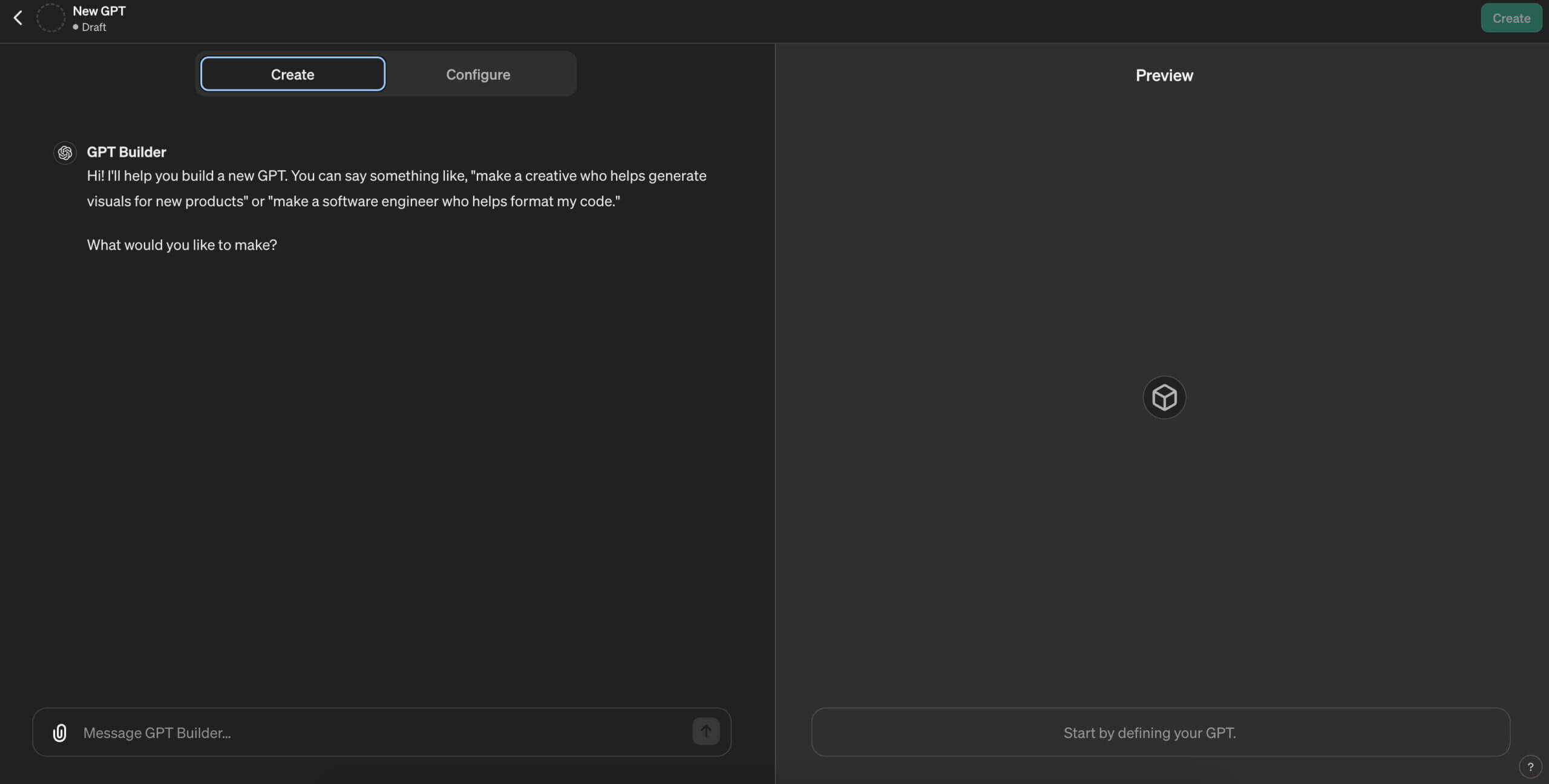
- On the new screen that opens, you can make the necessary directions for your Custom GPT structure that you want to create with the Creat field.
- For example, you are an e-commerce seller and creating your product descriptions is becoming a difficult issue. At this point, you can train the GPT structure and make it an expert in this field.

- Name: This field is designed for entering the name of the GPT to be created. Users can input a meaningful and descriptive name for their GPT here.
- Description: This section is for adding a short description about what the GPT will do. Users can input a few sentences summarizing the general function and objectives of the GPT here.
- Instructions: Users input instructions in this field that dictate how the GPT should operate, including its behavior, what it should do, and what it should avoid. This determines the kind of questions the GPT will answer and the protocols it will follow.
- Conversation Starters: This field is for suggestions of initial dialogues when interacting with the GPT. Users can add examples of conversation starters that could be used with the GPT here.
- Knowledge: If this feature is enabled, users can upload files under this section that will allow the conversations with the GPT to include file contents. The files uploaded by the user can be used to expand the knowledge base of the GPT.
- Capabilities: This section allows users to select the capabilities that the GPT possesses. Features such as “Web Browsing” and “DALL-E Image Generation,” along with additional capabilities like a “Code Interpreter,” can be enabled from here.
- Actions: This is a section where users can create custom actions or plugins to extend the response capabilities of the GPT. New actions can be created with the “Create new action” button.
- Create: The “Create” button, located in the upper right corner of the screen, initiates the creation and saving of the GPT once all settings are finalized.
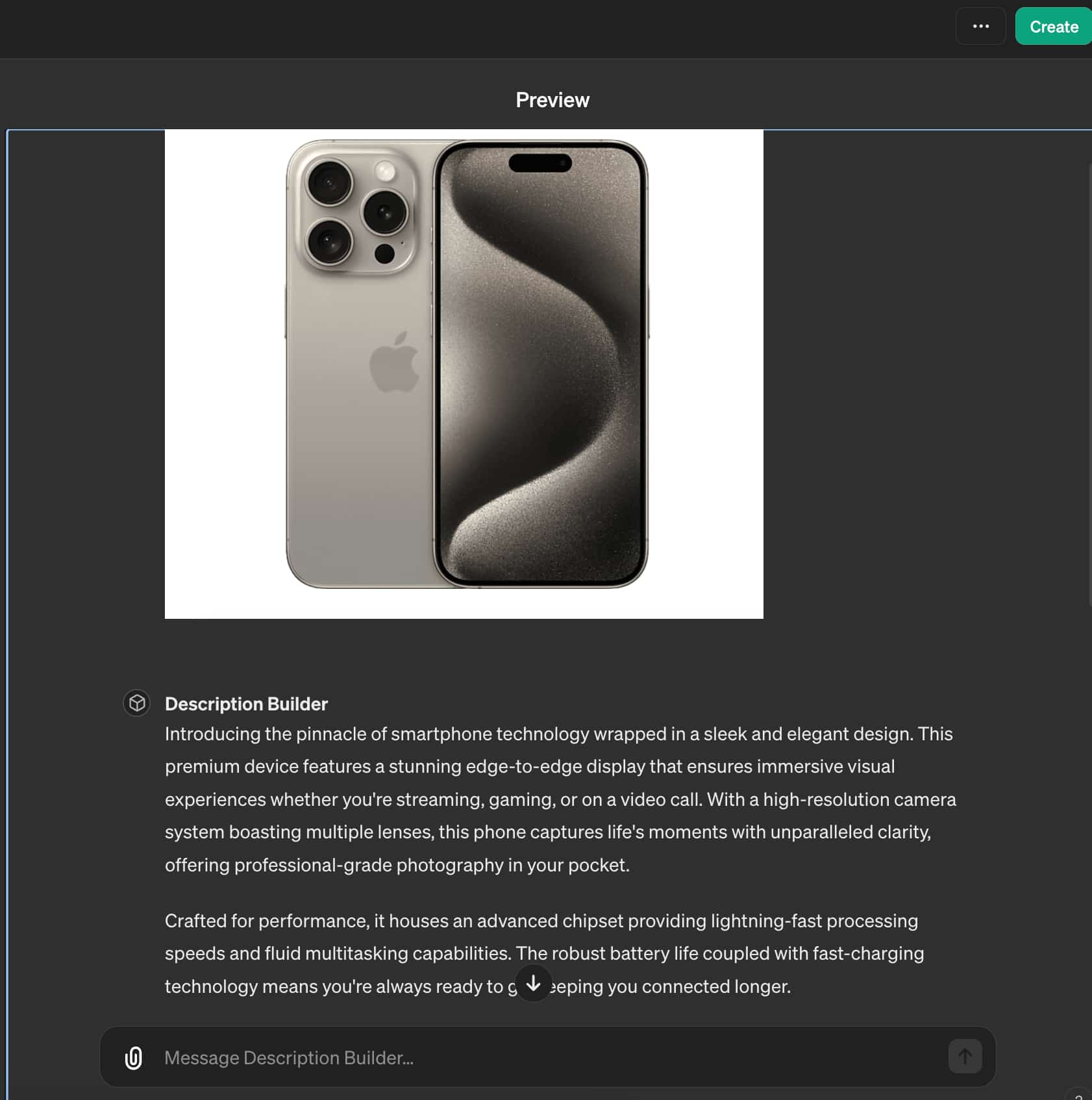
- You can observe how well the GPT structure you have built works by trying it on the Preview area on the right.
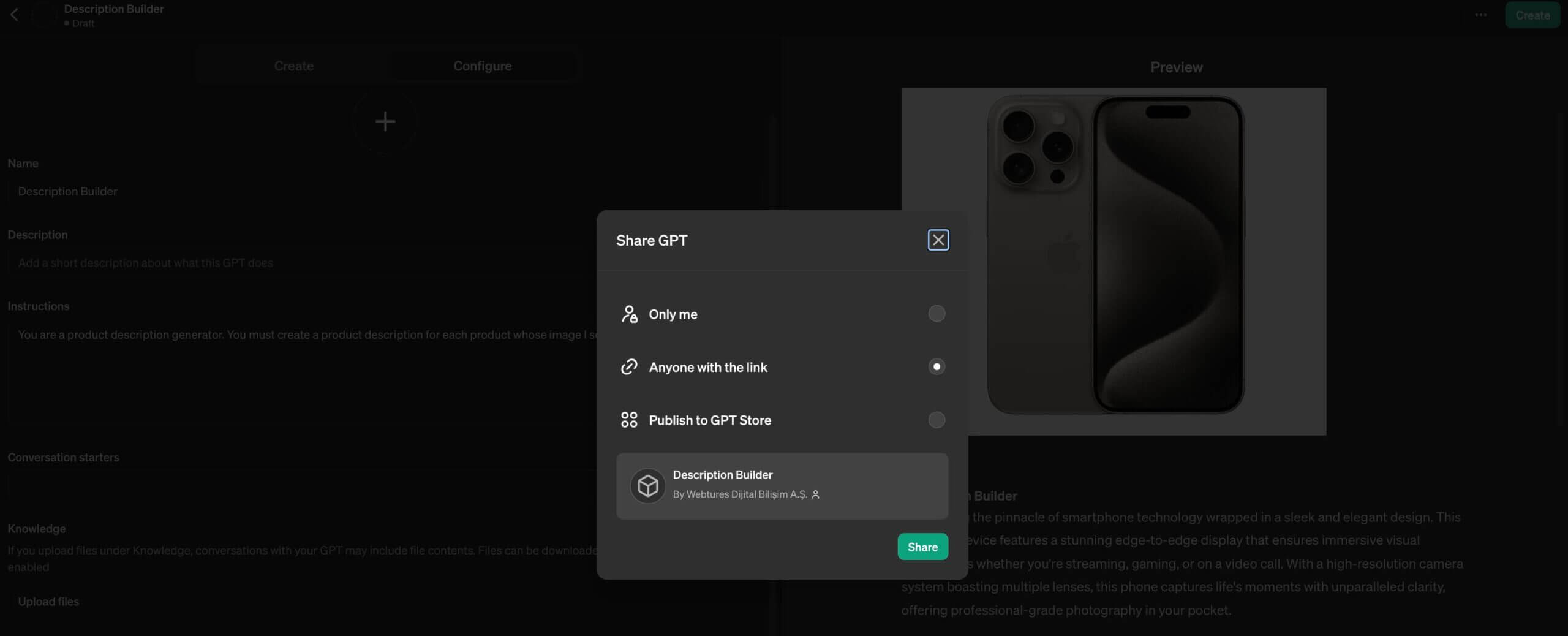
- After creating your custom gpt structure, you can decide who can use this tool. If you only want to use it yourself, you can keep it private, you can forward it to the person you want to use this tool with link sharing, or you can make it publicly available.

- In order to access Custom GPT structures created by other people that serve different purposes, you need to log in to the Explore GPT’s area in the left bar on the Chat GPT screen. You can search by typing the search intention you want in the search tool that appears after your login.

